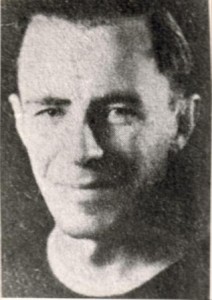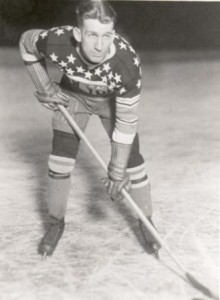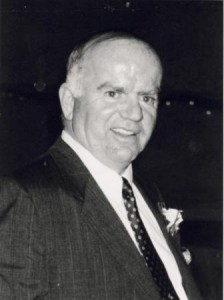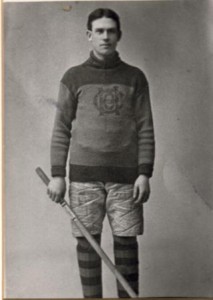 Born on Aug 9, 1903, Bern Brophy was truly one of Collingwood’s best all-around athletes. His induction into the Sports Hall of Fame was automatic.
Born on Aug 9, 1903, Bern Brophy was truly one of Collingwood’s best all-around athletes. His induction into the Sports Hall of Fame was automatic.
In hockey, Bern wore the uniforms of the Detroit Red Wings and the Montreal Maroons and you will find his name on the Stanley Cup with such names as Reg Noble, Clint Benedict, Punch Broadbent, Babe Seibert and Nels Stewart- all of them in the National Hockey Hall of Fame.
The Maroons sold him to Canadians, the Canadians sent him to Providence and Jack Adams brought him to Detroit to team up with a couple of more Collingwood natives-Reg Noble and Jack Herberts. He finished his pro career in the International League with Cleveland, Windsor and London and helped London win the league title in 1936.
Bern was re-instated as an amateur in 1938 and in 1939 he came back to Collingwood, and as a player-coach, led the Shipbuilders to the O.H.A. Intermediate “A” championship.
His athletic prowess was not confined to hockey. Visit the Sports Hall of Fame at Toronto and you will see a picture of the 1922 Queens University Football team, Canadian Intercollegiate champions. Seated in the middle row is Flying Wing B.L. Brophy.
An outstanding baseball player, Bern performed for many Collingwood ball clubs and was a member of Victoria Harbor provincial intermediate champs in the early twenties. His exploits in the realm of track and field are recorded in the archives of the Collingwood Collegiate where he won the junior, intermediate and senior athletic championships in three consecutive years.
He could qualify for Collingwood’s Hall of Fame as a Builder because it was Brophy who revived Intermediate hockey in Collingwood after the game had sunk to a low ebb from 1922 to 1938. It was a fitting climax to a great athletic career. He once said, “Before I hang up my skates, I would like to help Collingwood win another Intermediate Title!” Bern’s wish was granted. He died in his hometown of Collingwood on July 19, 1982.





